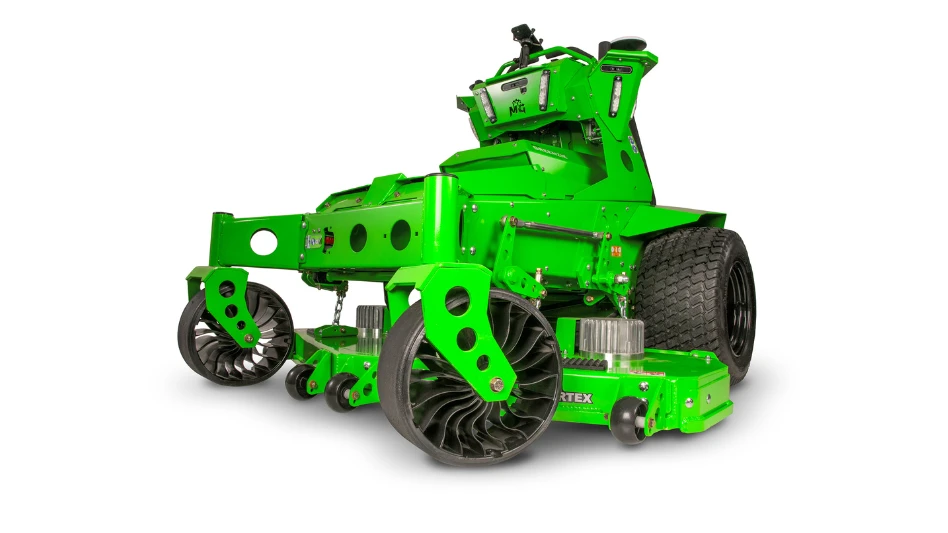Insects and the outdoors go hand in hand. But some can cause serious damage to turf and ornamentals if not carefully monitored. That’s when lawn care operators (LCOs) should step up and battle the bugs with their springtime pest control programs.
According to 2007 Lawn & Landscape research, 44 percent of landscape contractors offer turf insect control and 31 percent offer insect control in trees and ornamentals. To get the jobs done, they spent an average of $3,797 on insecticide products last year. A popular service, revenue from chemical and fertilizer services rose 13 percent from 2006 to 2007, as stated in the research. Regardless of what area of the country LCOs are located in, there’s a variety of pests that should be kept under control which can create profitable opportunities.
| CONTROLLING PESTS |
Click here for a chart, in PDF format, illustrating common pests and the best modes of action to control them. |
PEST PREVENTION. Darin Bowers, president of Pro-Mow Lawn Care, Charleston, Ill., says his most common springtime insect is scale that infests pines and euonymus. To treat the difficult pests, his one-man crews spray dormant oil just before early spring. “If we miss this application, the scale can be very hard to control during the rest of the season,” he says.
After this early-season application, his crews treat ornamentals with broad-spectrum insecticides in May and June to control bagworms and Japanese beetles.
In the fall, Bowers’ focus shifts to indoor insect, like aphids, spiders and other household invaders. His crews perform perimeter pest control by applying broad-spectrum insecticide to the foundations and adjacent areas of their clients’ homes.
This is also the time of year when his technicians tend to the grub damage in the lawns of clients who chose to forgo preventive grub control service. “We always have customers who won’t spend the money for preventive grub control,” Bowers says. “It can often be a considerable expense to repair the grub damage.”
Bowers does limited marketing for his pest control services, spending about $2,000 annually on newsletters and invoice inserts to help educate his clients. “Generally, a customer will have us fertilize or mow before they’ll worry about insect control, so we really only market this service to our existing customers,” he says.
Gil Grattan, president of Virginia Green Lawn Care in Richmond, Va., says grubs are by far the area’s most prevalent pest, and are really the only ones treated for regularly. Grub treatments begin in late June with a liquid insecticide application that coincides with a fungicide application, as both products need to be watered in to be effective, Grattan says.
Grub control is part of the company’s “Estate Lawn Care” package, a 10-step program that aims to prevent weeds, brown patch and grub problems. The company also markets grub control to its regular customer base, recommending clients get a grub treatment application every two to three years. “We do not really have a major insect problem in our area, so it’s really a secondary concern for most of our customers,” Grattan says.

Explore the March 2008 Issue
Check out more from this issue and find your next story to read.
Latest from Lawn & Landscape
- Connect, Control & Conserve with Horizon Technical Services
- Use Horizon's Parts Hotline
- How I built a Top 100 company
- Horizon’s Exclusive TurfGro Fertilizer
- Grow your business with mosquito control
- LandCare adds 2 branches in SoCal, promotes Aleman to branch manager
- Spray them away
- PERC helps debut propane direct-injection fuel system at ACT Expo 2025





